
Language is always changing to reflect material developments and changing ideas, so it’s important to…

Several phrases have been cancelled in recent years for good reasons, but there have been…
Get a free sample of ProofreadingPal’s work.
Two professional proofreaders will proofread and edit your document.
Try it
We’re used to speaking and writing as individuals; writing from the whole family means navigating…

In today’s post, I’ll offer some tips for shorter internal office communications such as memos…

So there you are, editing away, and you see a quote with an error in…
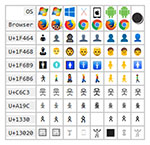
The curators of the standard have assigned keystroke shortcuts the diacritics, punctuation marks, and symbols…
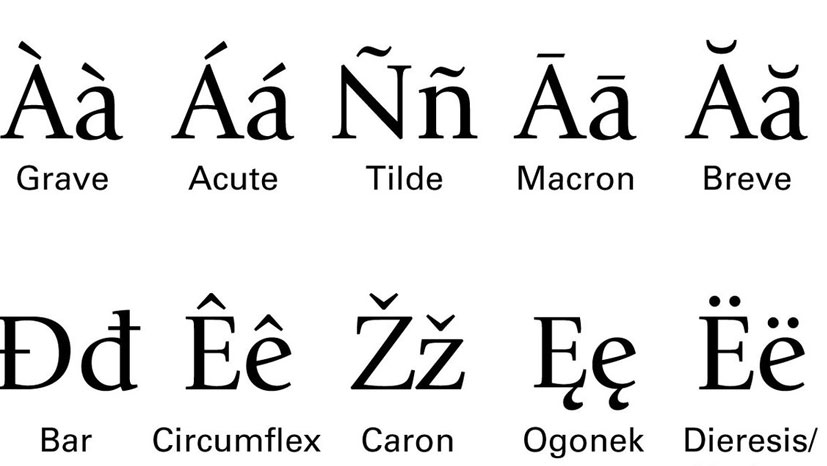
A frequent complaint of language learners of English is that the pronunciation of a word…

For this first post in the series, we’ll start with the most important aspect of…
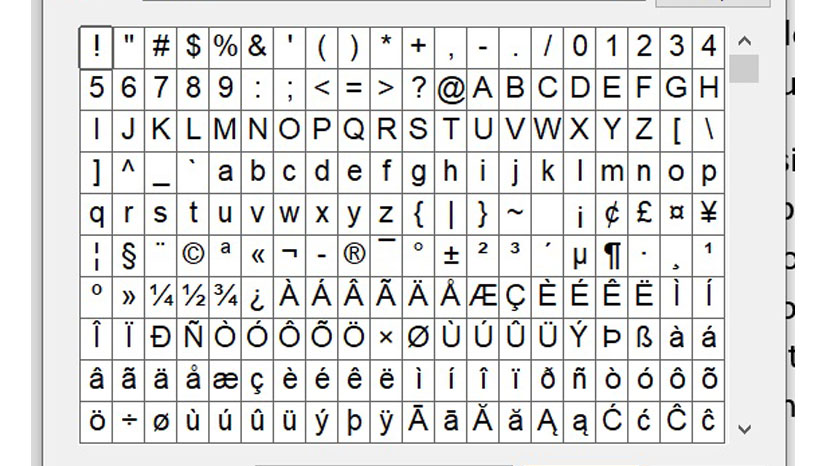
The Unicode Consortium, a nonprofit based in Mountain View, California, was founded in 1991 to…

In today’s post, I will focus on the needs of one of our large client…
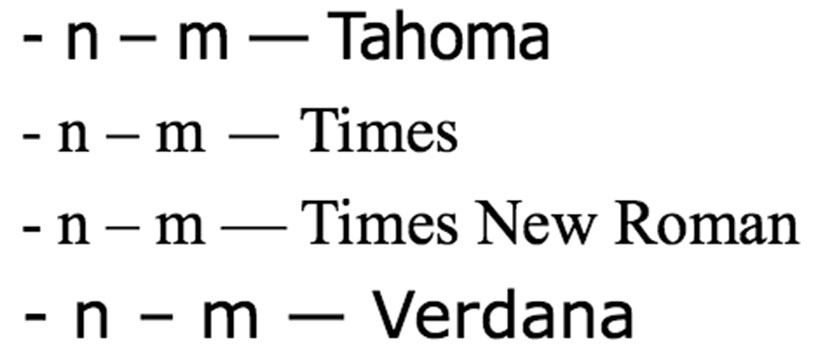
The en dash is used mostly for number ranges (e.g., 1928–1972) and in some stylebooks…
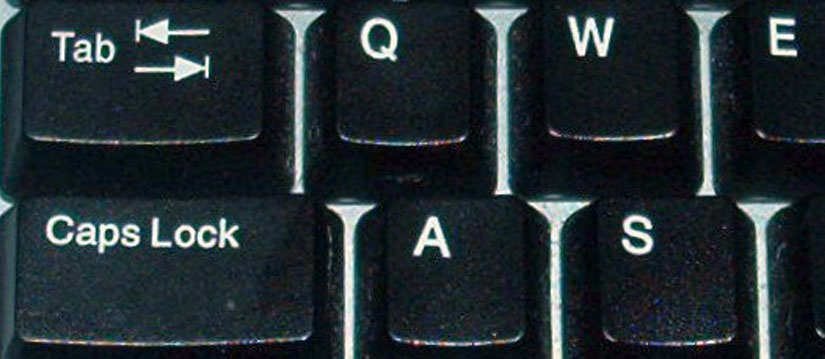
Let’s say you’re writing a paper about the history of the United Nations during the…

With any digital assignment, follow steps similar to those you would follow for a traditional…

Most new writers I’ve worked with share the crucial misconception that the way to write…
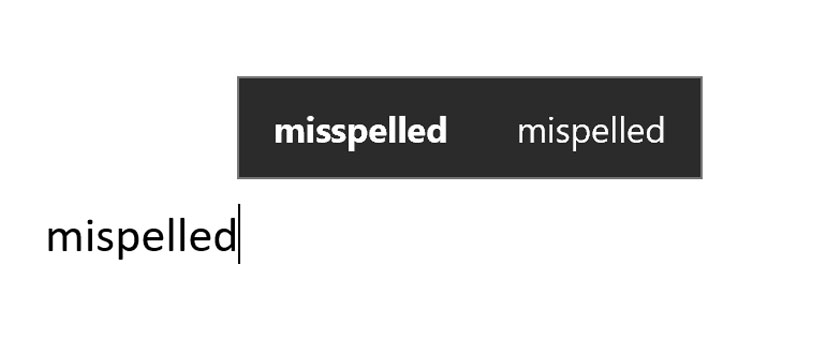
A given word may or may not then “read” to the English-trained eye as foreign,…

This fall, many schools will be returning to in-person learning, but no matter what your…

Whether your first language is English or not, you must have mixed your metaphors a…
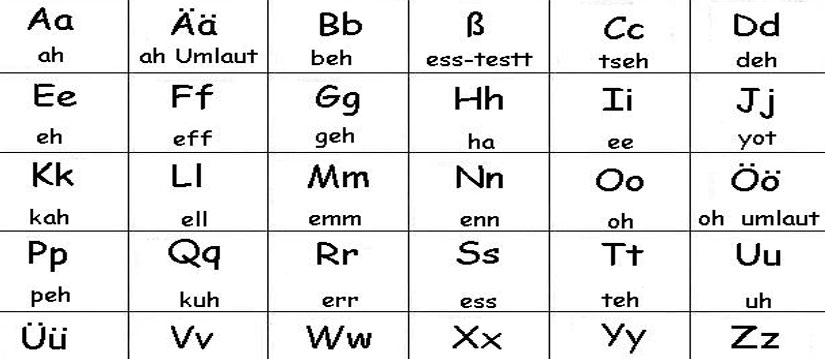
Foreign loan words are brought into English more or less intact, either in their original…
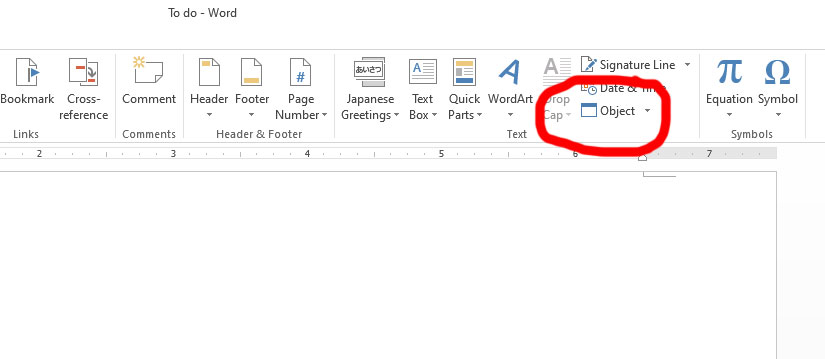
In Word, there are lots of little options and properties that dictate—and may unpredictably change—the…

Get a free sample proofread and edit for your document.
Two professional proofreaders will proofread and edit your document.
We will get your free sample back in three to six hours!